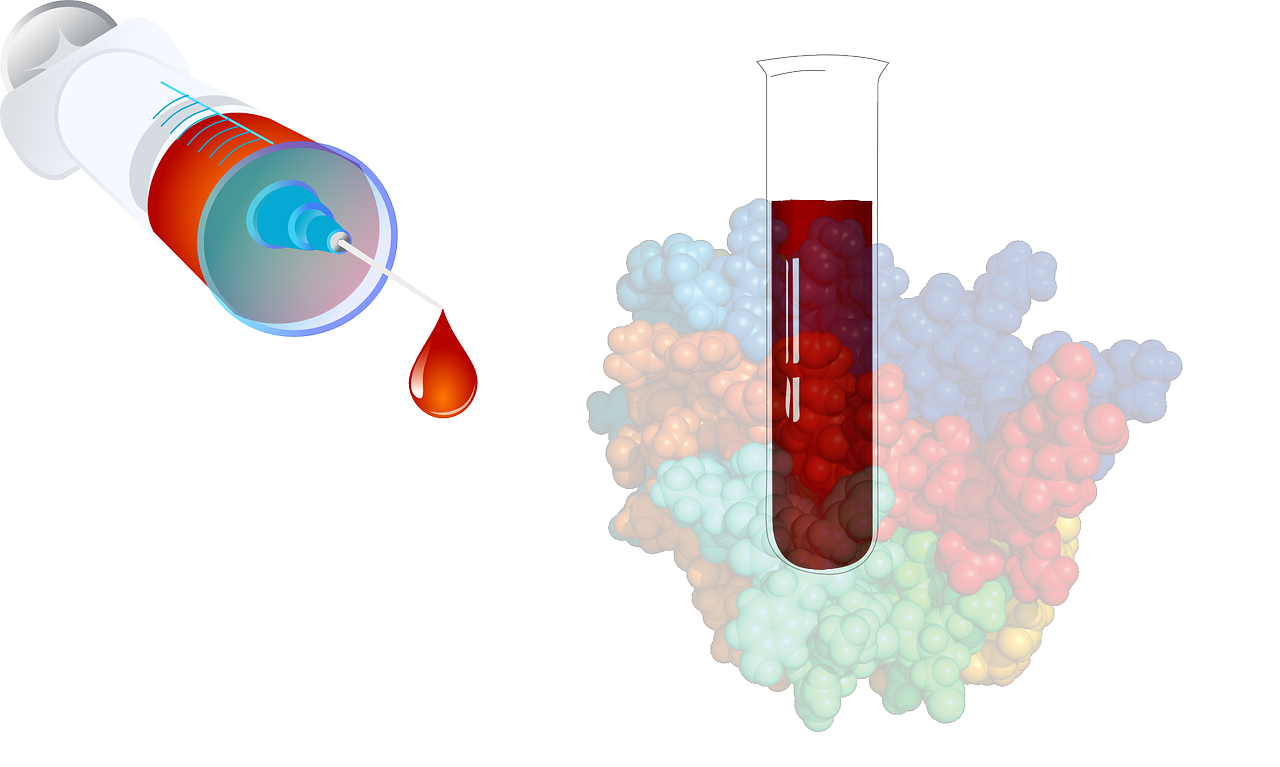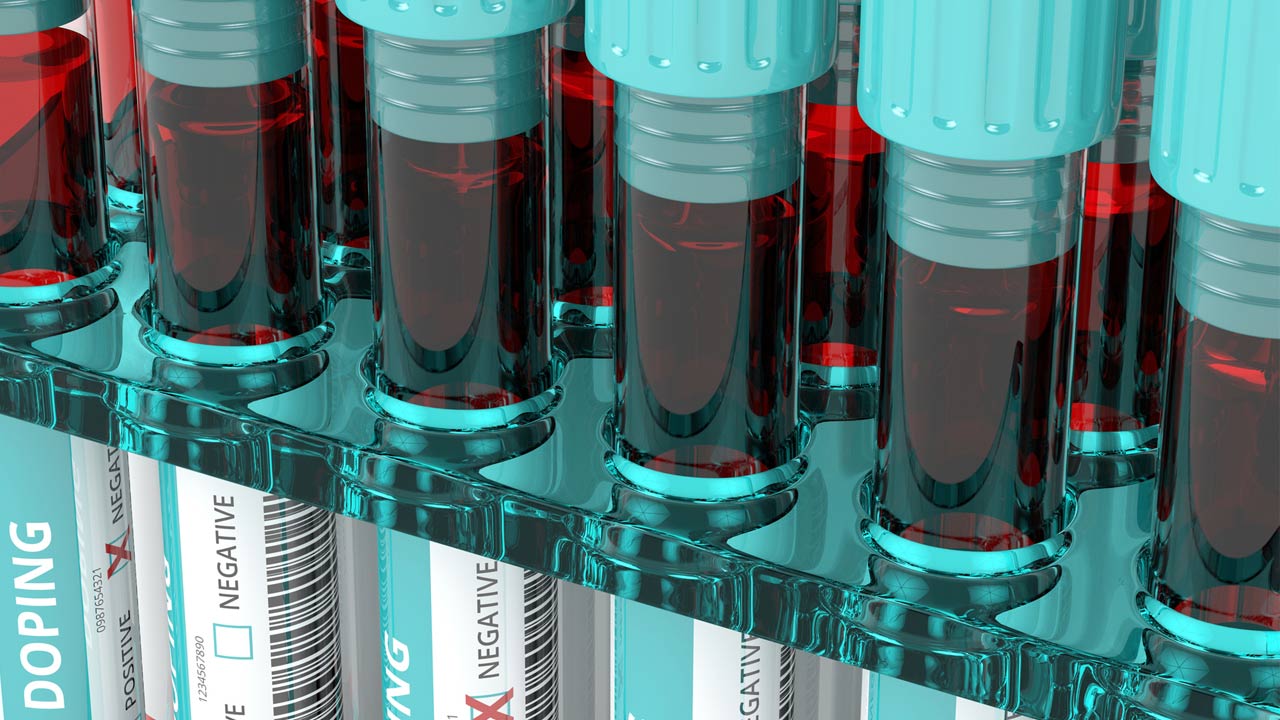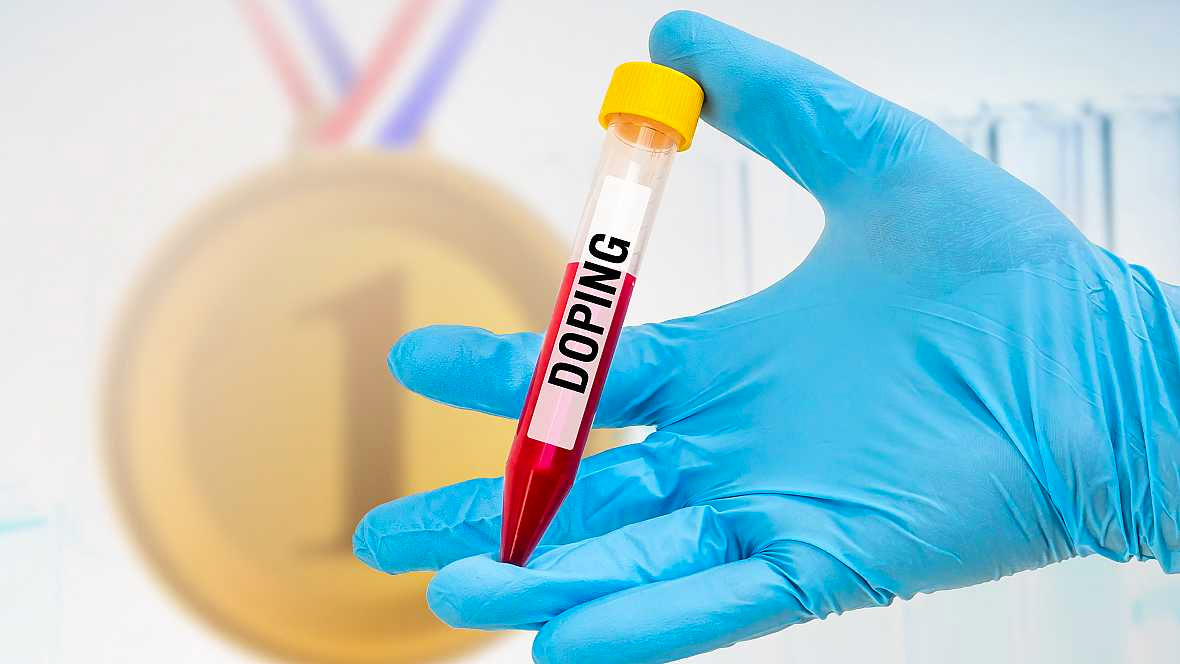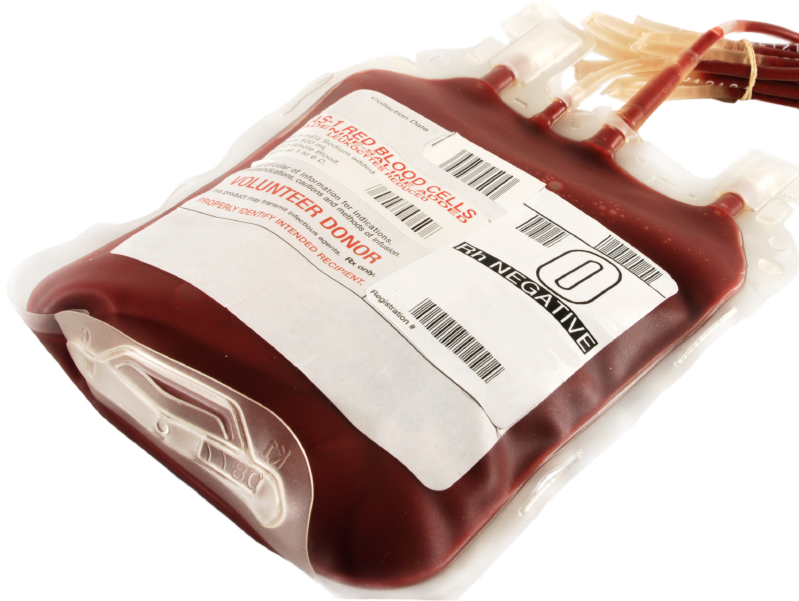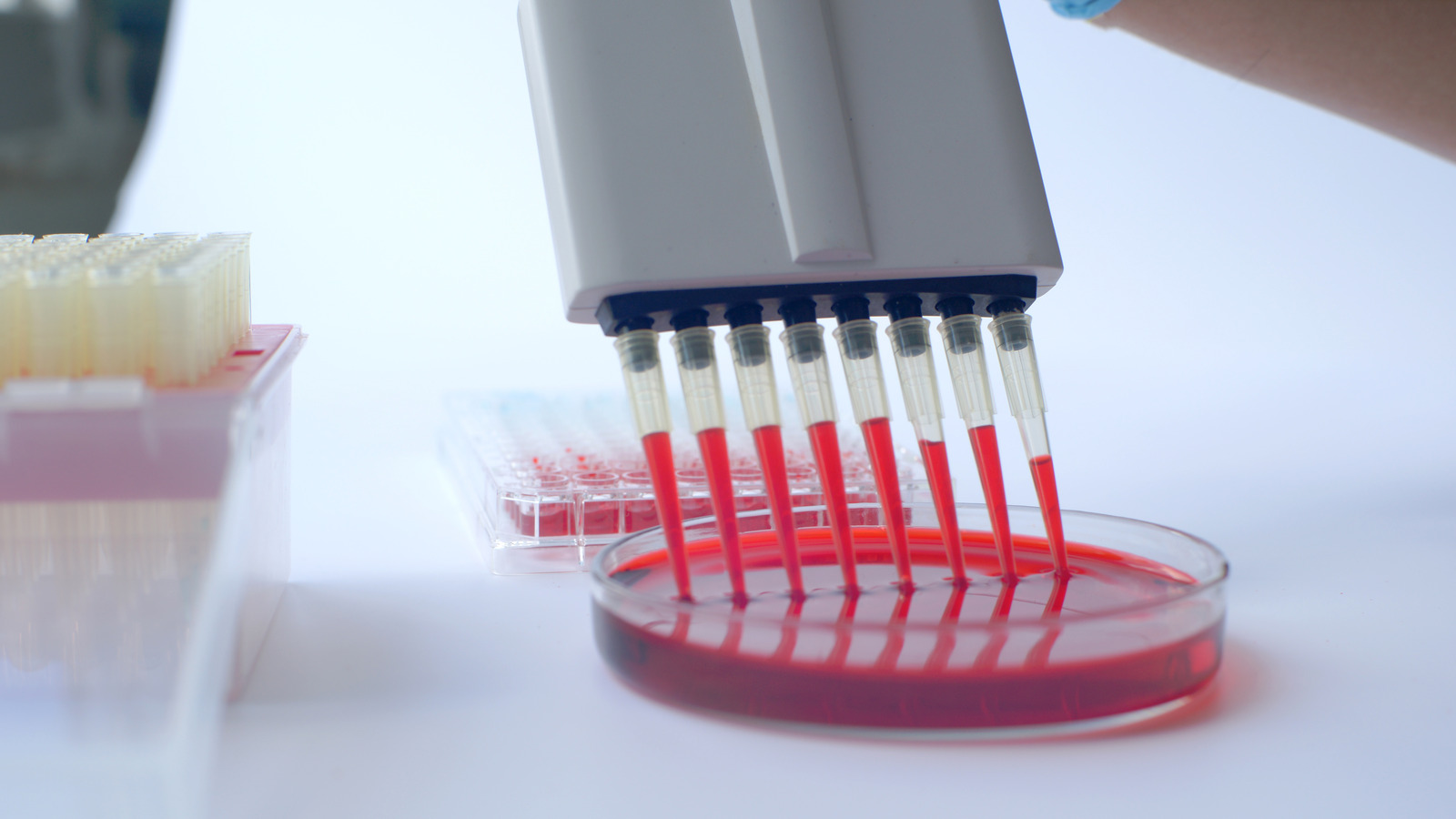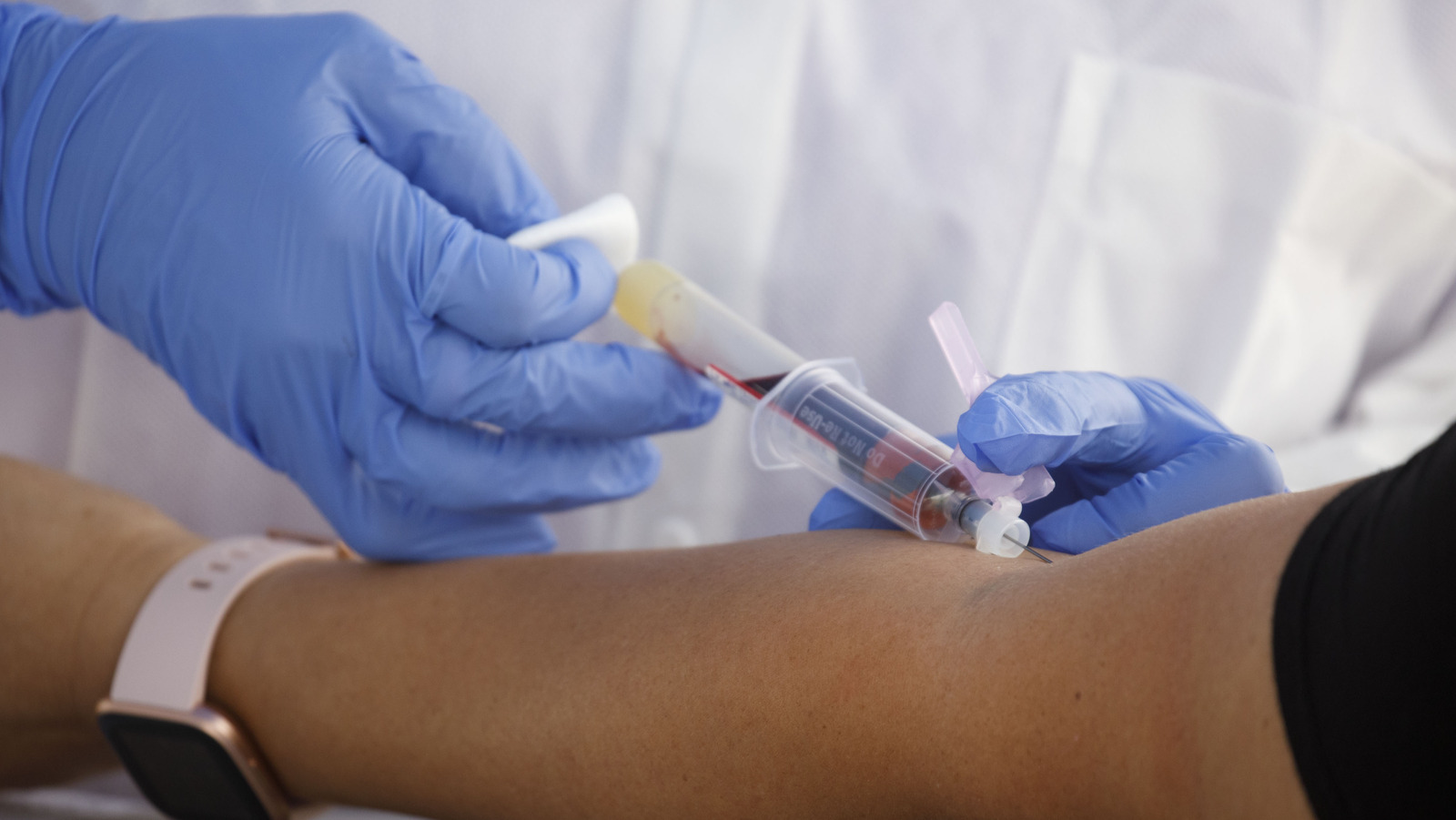Beautiful Info About How To Detect Blood Doping
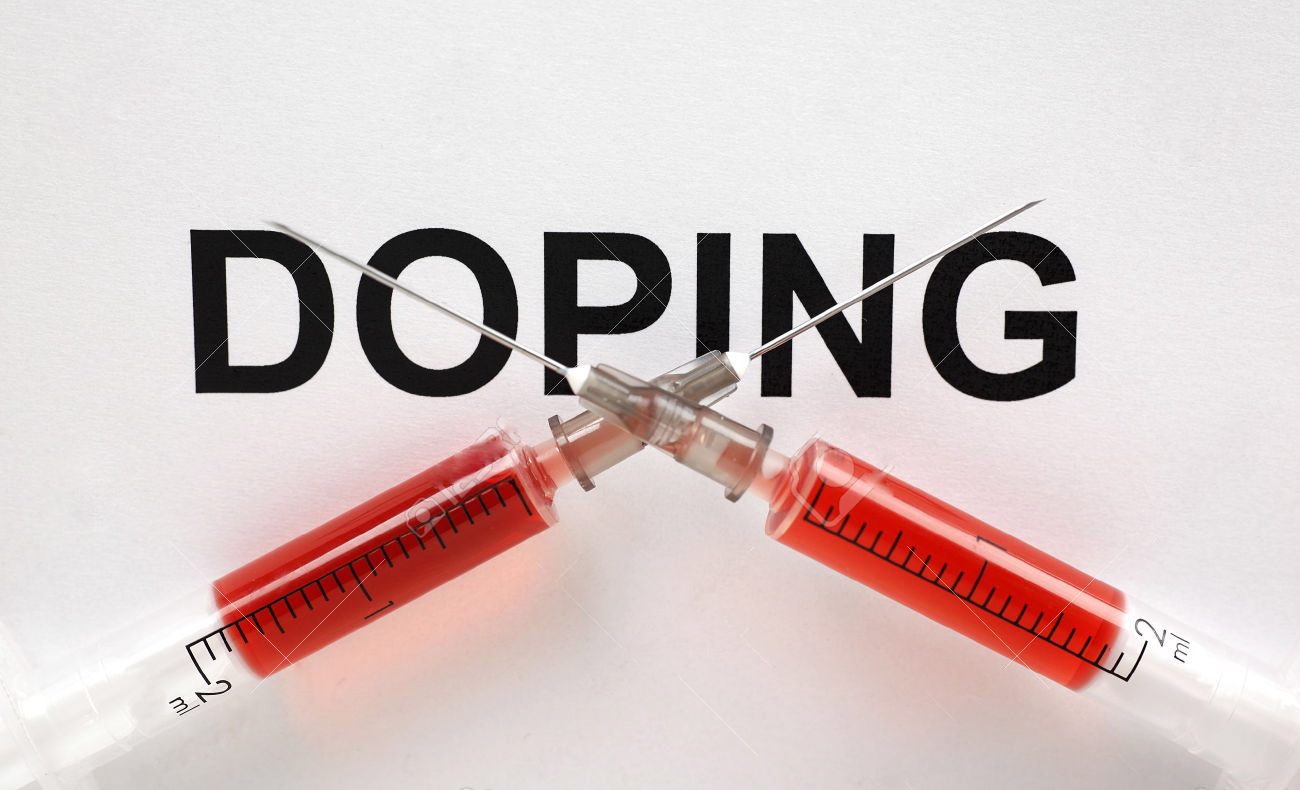
The detection of blood doping relies on two different approaches:
How to detect blood doping. In many cases, blood doping increases the. Homologous blood transfusion (hbt) is used for doping in endurance sports since the 1960s. The identification of the doping molecule is the gold standard of any antidoping campaign;
Several practices, such as blood transfusions are used to increase oxygen delivery to muscles and all of them are highly pursued. A duke research team has found a way to help sporting officials detect whether an athlete’s blood has been doped by an infusion of their own stored blood. Despite been prohibited by the ioc in 1985, no detection method was available until 2003.
While transfusions of large volumes of blood or use of epo can be detected, microdosing epo or transfusing smaller volumes of packed red blood cells is much harder to detect. Blood doping involves using pharmaceuticals, such as epo and other biosimilars, to stimulate the production of more red blood cells, or the infusion of additional red blood cell volume. As you can see, the combination of both blood and urine analytic techniques is very useful in detecting potential doping infractions involving blood transfusions.
Detection of blood doping detection for homologous blood doping. Blood doping is an illicit method of improving athletic performance by artificially boosting the blood 's ability to bring more oxygen to muscles. The direct detection of exogenous manipulating substances (erythropoietic stimulants) or red cells (homologous transfusion) and the indirect detection, where not the doping substance or technique itself, but its effect on certain biomarkers is measured.
Nicolas leuenberger and colleagues at the swiss laboratory for doping analysis have developed a method to detect blood doping. Methods of blood doping include: Abstract in the fight against doping, detection of doping substances in biological matrices is paramount.
No test exists to detect when an athlete has used autologous blood transfusion, according to dr. In addition to addressing the. Analytical possibilities have evolved and sanctioning a doping scenario by detecting forbidden bioactive compounds circulating unmodified in blood is nowadays very attractive.
Specifically, we start from the intuitively plausible observation that if doping detection by means of ai. Flow cytometry is the method of choice. 1 with this broad description, one could argue that blood manipulation also.
Direct detection of blood doping. Furthermore, it has been suggested that ai could and should be employed to more effectively catch those athletes that use doping to gain an advantage over their competitors. Although therapies such as blood transfusion and the administration of drugs to increase red cell production.
A primary (capture) antibody binds the antigen (if expressed) on the rbc surface. Furthermore, since the 1970s, antidoping scientists have gained strong experience in dealing with issues related to metabolic pathways involved in the excretion of xenobiotics and doping agents. By examining markers on the surface of blood cells, the method can determine whether blood from more than one person is present in an.
Blood doping has been defined as the misuse of substances or certain techniques to optimize oxygen delivery to muscles with the aim to increase performance in sports activities. Despite this, indirect methods based on the detection of the effects induced by the doping procedure will be a very powerful tool in the near future. Identify athletes requiring further attention through intelligent and timely interpretation of passport data.


